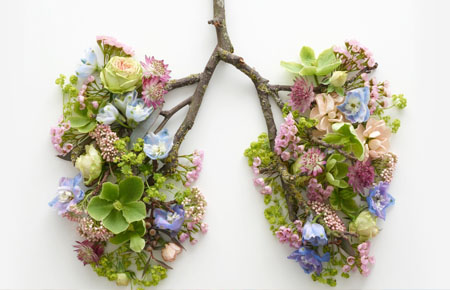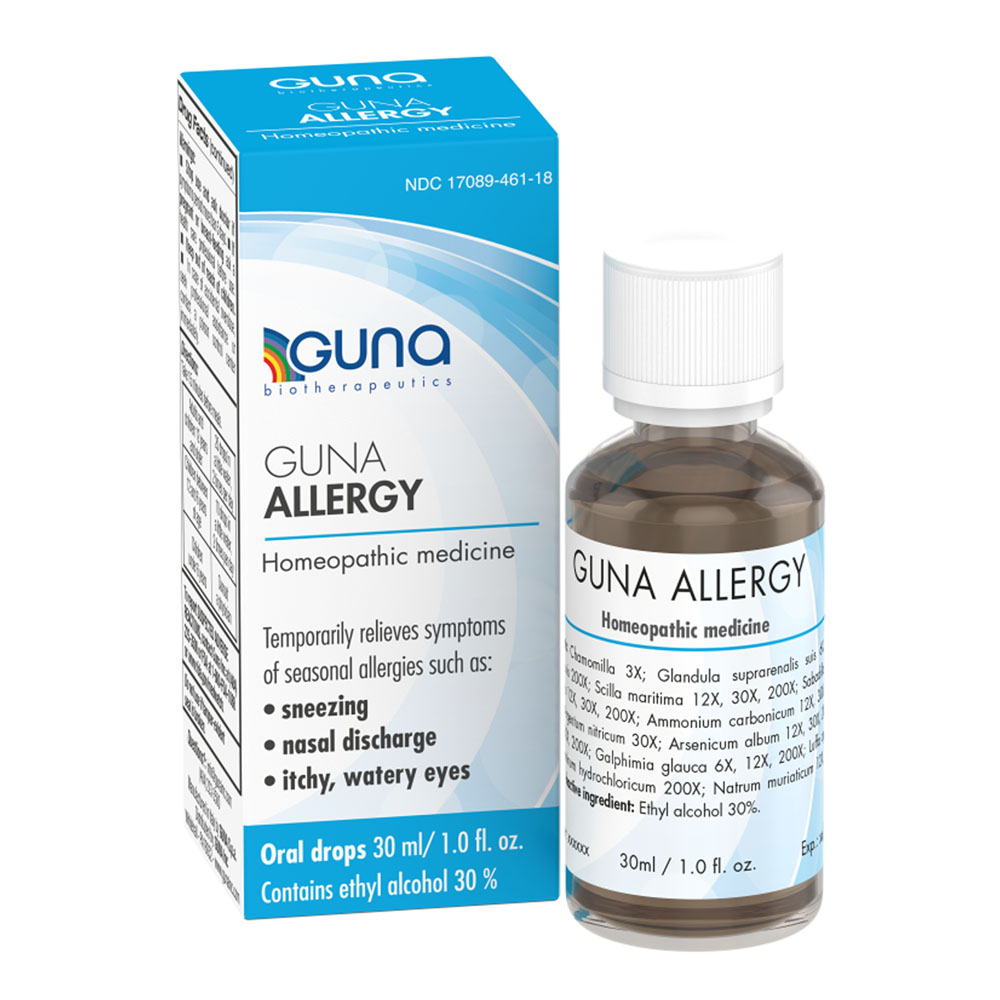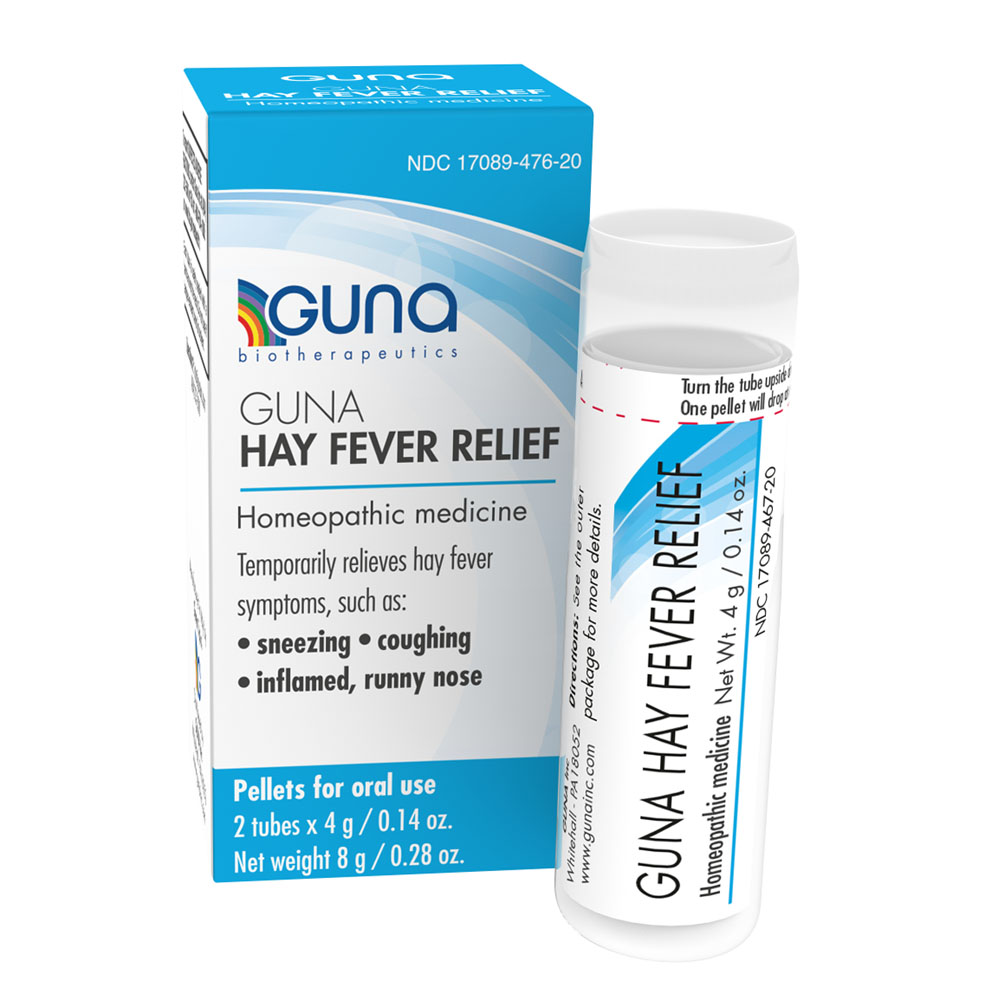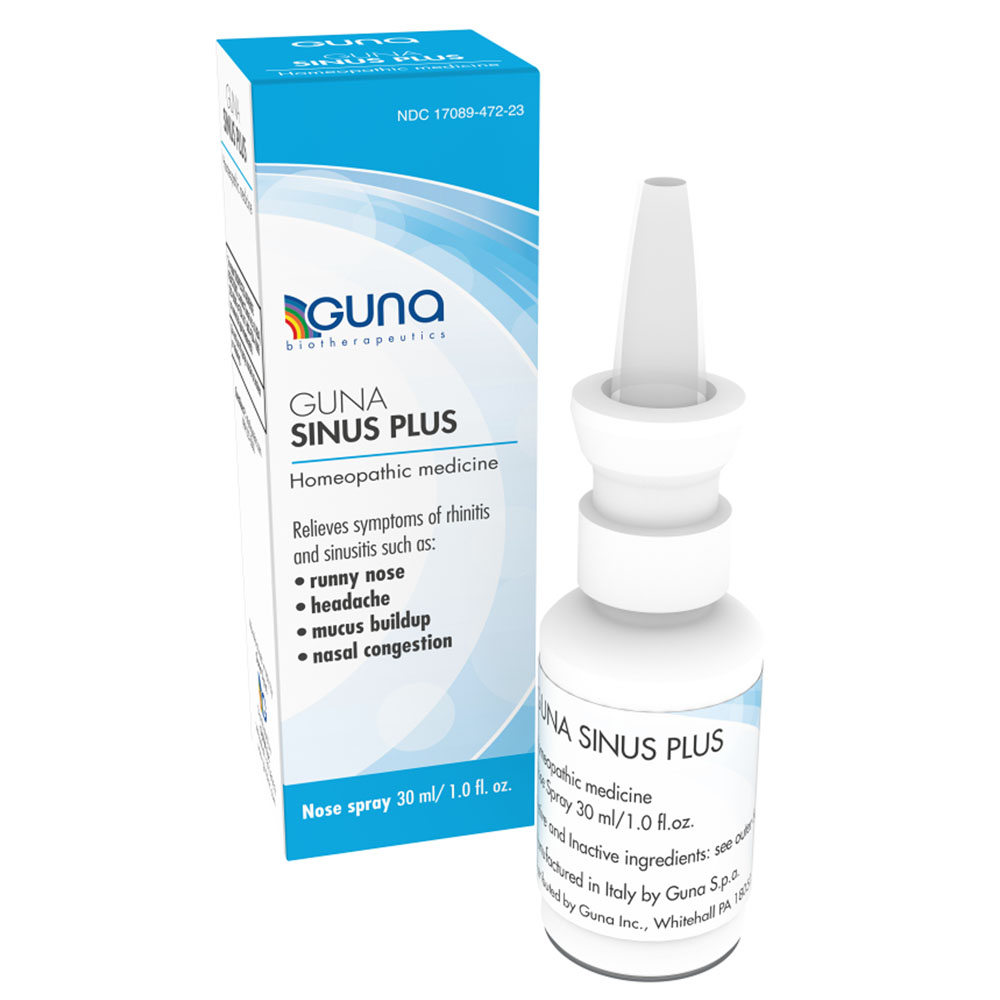Homeopathic allergy relief – What You Need To Know
Homeopathic allergy relief is an option for allergies using natural homeopathic medicine that can help to temporarily relieve your symptoms. The itchy eyes and runny noses that result from seasonal allergies can bring your daily life to a grinding halt. If you’re tired of getting drowsy from antihistamines and other medications, homeopathic medicine might be a good option for you.
What are Allergies?
It is challenging to discuss allergies in general terms. Each type of allergy has unique characteristics. Respiratory allergies have distinct causes and symptoms. Likewise, skin allergies have their own causes and symptoms.
In general, an allergy is a disease of the immune system that brings about different symptoms. Examples are watery eyes, sneezing, runny nose, nasal congestion, cough, skin rashes, and itching, etc. The predominant allergic forms are asthma and rhinitis associated with pollen, mites, and exposure to pet hair.
The probability of developing an allergy when neither of the parents are allergic is 15%. The percentage rises to 50% if one of the parents is allergic and reaches 80% if both are allergic.
For an allergy to develop, in addition to genetic predisposition, an individual must come into contact with certain substances that are called allergens.
Allergy Symptoms

What are Allergy Symptoms?
The symptoms of an allergic reaction can vary considerably in terms of intensity and duration and are different depending on the trigger, i.e., the allergen a person comes into contact with.
The most common allergy symptoms are:
If you notice an abnormal symptom after eating a certain food (which perhaps has not created any kind of problem in the past) or after a particular situation, you’d better consult your doctor or allergist to do the relevant tests to find out any allergy. The sooner you do it, the sooner the most appropriate and individualized therapeutic strategy can be created.
Skin Allergy
Redness, severe itching, grazes, burn-like lesions are the most common skin symptoms that show the presence of allergy.
Very dry skin, redness, itching: visible symptoms of a skin allergy may be different, but they are all very annoying. When our body reacts abnormally to a substance mistakenly recognized as harmful, i.e. an allergen, it may happen that it shows its “annoyance” even on the skin.
Skin allergies are a very common disorder. Urticaria is also very common. It is estimated that one in four people suffer from urticaria at least once in their life.
Those who suffer from urticaria account for 3% of all dermatological patients. Sometimes it is difficult to identify the origin of an allergy. Often it is a contact dermatitis, but there are also skin rashes due to food, or of pharmacological and respiratory origin.
The most common skin allergies are represented by:
- urticaria
- atopic dermatitis
- contact dermatitis
Urticaria is an acute or chronic allergic reaction, whose onset is accompanied by the appearance of wheals, red and rounded blisters, of varying sizes. It is considered as acute if its lasts less than 6 weeks, chronic if it persists for a longer time.
It can be triggered by the ingestion of food to which the patient is allergic, by the administration of drugs, by air-dispersed substances (pollen, dust, etc.). Sometimes it can be a symptom of a systemic disease (affecting one or more internal organs), in this case we speak of secondary urticaria.
Allergies in Children
Allergy is a violent inflammatory reaction that occurs when the immune system identifies a normally harmless substance, called an allergen, as an aggressive agent to defend against.
Do only adults suffer from allergies? Unfortunately, children can also be affected by allergies. This is a growing problem. Lifestyle, pollution, stress, smoking, poor nutrition, drug abuse, and excessive personal hygiene are among the main causes of this sudden rise.
Data shows us that in the last few years there has been an increase in the number of children who have had an allergic reaction to some substance at an early age.
Allergens can enter a baby’s body differently (through inhalation, contact, digestive system) giving rise to symptoms which, especially in the early allergic episodes, can easily be traced back to other problems.
Genetic predisposition plays an important role on the appearance of allergy in children, if one or both parents are allergic, the probability that the child is allergic is quite high.
An allergy to pollen or dust mites is the most frequent allergy in children. Pollen allergies are seasonal, as it depends on the flowering period of some types of plants.
On the other hand, dust allergy is more annoying. Simply because it is triggered by agents that are always present inside our home. and deserves greater precautions regarding the elimination of the responsible allergens.
Foods can also be sources of allergy. Foods that can cause allergic reaction in children are milk, eggs, shellfish and some types of fish, strawberries, tomatoes, peanuts, soybeans, and walnuts.
How to Recognize Allergies in Children
Recognizing allergy is not always easy or immediate. Especially when food allergies sometimes become apparent several hours after the ingestion of the food concerned. In any case, there are several signs to which a parent can pay attention if they suspect an allergy.
An allergic reaction can bring about various symptoms in children generally including allergic rhinitis, conjunctivitis, asthma, eczema. If the allergy is food-dependent, vomiting, nausea and diarrhea may also occur.
Rhinitis is an inflammation of the nasal mucosa that causes sneezing, runny nose, and itching. You can notice that a child is suffering from allergic rhinitis if s/he persistently rubs the tip of her/his nose. It is important to contact your pediatrician with any concerns.
Allergic conjunctivitis, on the other hand, is an inflammation of the eye including reddening, itching and watery eyes.
Eczema consists of inflamed skin that is often very worrisome to parents as they see red spots appear inexplicably on the delicate skin of their children. This skin sign is characterized by reddening, flaking, blisters, bubbles, and crusting.
Eczema can be particularly annoying for a baby because it is very itchy.
If you notice a correlation between a certain situation and the onset of these symptoms, it is reasonable to think of an allergic episode. It is important to contact your pediatrician if you suspect your child has an allergy.
Allergy Tests
In case of a suspected allergy, it is important to promptly consult an allergist who will collect all the information provided by a patient (anamnesis) and will carry out an accurate clinical examination to evaluate the situation. The doctor will then evaluate whether it is necessary to undergo specific tests to ascertain or exclude the presence of an allergy.
The allergy tests can be done after consulting your allergist are mainly two, i.e., skin and blood tests. The skin tests can be in turn divided into two categories:
- percutaneous allergic tests, in which small quantities of potential allergens are rubbed on the skin or made to penetrate the skin by making small scrapes.
- intracutaneous allergy tests, in which the suspected allergen is injected under the skin.
The appearance of reddening and swelling on the skin indicates the existence of an allergy. Prick and patch tests are part of these categories.
Allergy Specialists
An allergology visit is therefore a fundamental step to ascertain or exclude the presence of an allergy. Generally, it is your doctor who suggests contacting an allergist to ascertain the origin of symptoms that are difficult to identify. Such as breathing difficulties, itching in some areas of the body, itchy eyes, runny nose, sinus headache.
And what to do if tests should confirm the presence of an allergy? First, don’t panic! Setting the right therapeutic strategy will help you manage your symptoms.
To achieve this goal, together with specific drugs and other therapeutic interventions, Low Dose Medicine can be considered. It’s an innovative medical paradigm that aims to balance the immune system, by modulating the intensity and frequency of allergic symptoms.
And what about your lifestyle? There has been more and more talk in recent times about the role that nutrition can play in contributing to achieving or restoring good health. Attention to what you eat is essential, especially when it comes to food allergies. In the case of diagnosed food allergy, it is essential to eliminate the harmful food from your diet and never consume it, even in small quantities.
But even in the case of respiratory and skin allergies, it is important to pay attention to nutrition. For example, a reduction of those histamine-rich or histamine-releasing foods, such as fermented cheese, fermented drinks, cold cuts, sauerkraut, tuna, anchovies, sardines and salmon, crustaceans, seafood, coffee, eggs, shellfish, raw tomatoes, strawberries, chocolate, alcohol, dried fruit, lentils, beans, soybeans, wine.
Homeopathic Antihistamine Medicines

Allergy is an “exaggerated” reaction of the immune system against an external agent, called allergen, which is identified as potentially harmful.
Allergies can be seasonal (and mainly concern pollens) or triggered by food ingestion or skin contact. Symptoms can affect the eyes, the skin, the respiratory and digestive systems. The most common are:
The ideal situation for not having an allergic reaction is to avoid contact with the allergen, but this is not always possible. To relieve the symptoms, antihistamines can be used, not without side effects, or alternatively natural antihistamine homeopathy medicine which, in addition to being very well tolerated, can also be taken to prevent allergies.
Known generally as homeopathic antihistamine drugs, they are homeopathic medicines obtained by diluting and dynamizing animal, mineral, vegetable or biological components that have a combined action that allows the rebalancing of the Th1/Th2 immune balance, which in allergic patients is unbalanced and, together with other factors (such as the presence of allergen/s) triggers the allergic reaction.
Antihistamine Drugs, Undesirable Effects
Antihistamine drugs action is aimed at lowering the release of histamine, a substance that is released when the body encounters an allergen.
It is precisely histamine that triggers the symptoms of allergic reactions. On one hand, antihistamine drugs provide rapid relief to an allergic person, on the other hand they can be responsible for various undesirable effects, no less annoying than the allergy itself.
The undesirable effects reported include:
- drowsiness
- visual disturbances
- gastrointestinal disorders
- fatigue
- dry mouth
- irritability
Precisely because of the undesirable effects, it is important that the use of antihistamine drugs always takes place under the supervision of your doctor.
Homeopathic Antihistamine Medicines
Homeopathic remedies for allergies can be an extremely tolerable alternative to alleviate allergy symptoms.
In addition to acting in the acute phase of the allergic attack, natural homeopathic antihistamines can become useful allies in allergy prevention. If taken months before the start of the seasonal allergy period, they can help reduce the intensity of symptoms.
Moreover, homeopathic antihistamine drugs can be taken at any age and generally do not interfere with other therapies. It is recommended that you talk to your health care practitioner about any health questions you may have.
Homeopathic Medicine for Allergies

In the field of allergies, homeopathic seasonal allergy relief seeks to correct this failure which is partly constitutional and partly environmental. This failure has brought about an immune imbalance, and therefore an abnormal response towards normally harmless substances.
What we try to implement with Homeopathy (therefore with Low Dose Medicine) deals with a sophisticated and combined “plan of attack”: to increase tolerance. It uses a particular mix of pollens and other adequately diluted allergens that stimulate the immune system.
Since allergy sufferers often show a high degree of intoxication, it is necessary to combine a drainage medicine that facilitates the elimination of the “toxins” deposited over the years.
Low Dose Medicine originates from the dream of a Person-centered Medicine in harmony with Nature as well as from the encounter between Molecular Biology and Psycho-Neuro-Endocrine-Immunology (P.N.E.I.); it has developed thanks to the results of research in the field of low dose pharmacology.
Homeopathic medicine for seasonal allergy is based on three guiding principles:
- focus on the individual and not just the disease
- act on causes and not just on symptoms
- consider the unique individual
Besides paying attention to a general approach to a person, homeopathic medicaments are also able to act on allergy symptoms, such as allergic rhino conjunctivitis, thanks to the properties of plants such as Luffa and Euphorbium. In the event of watery eyes, Euphrasia eyewash can be of great help.




